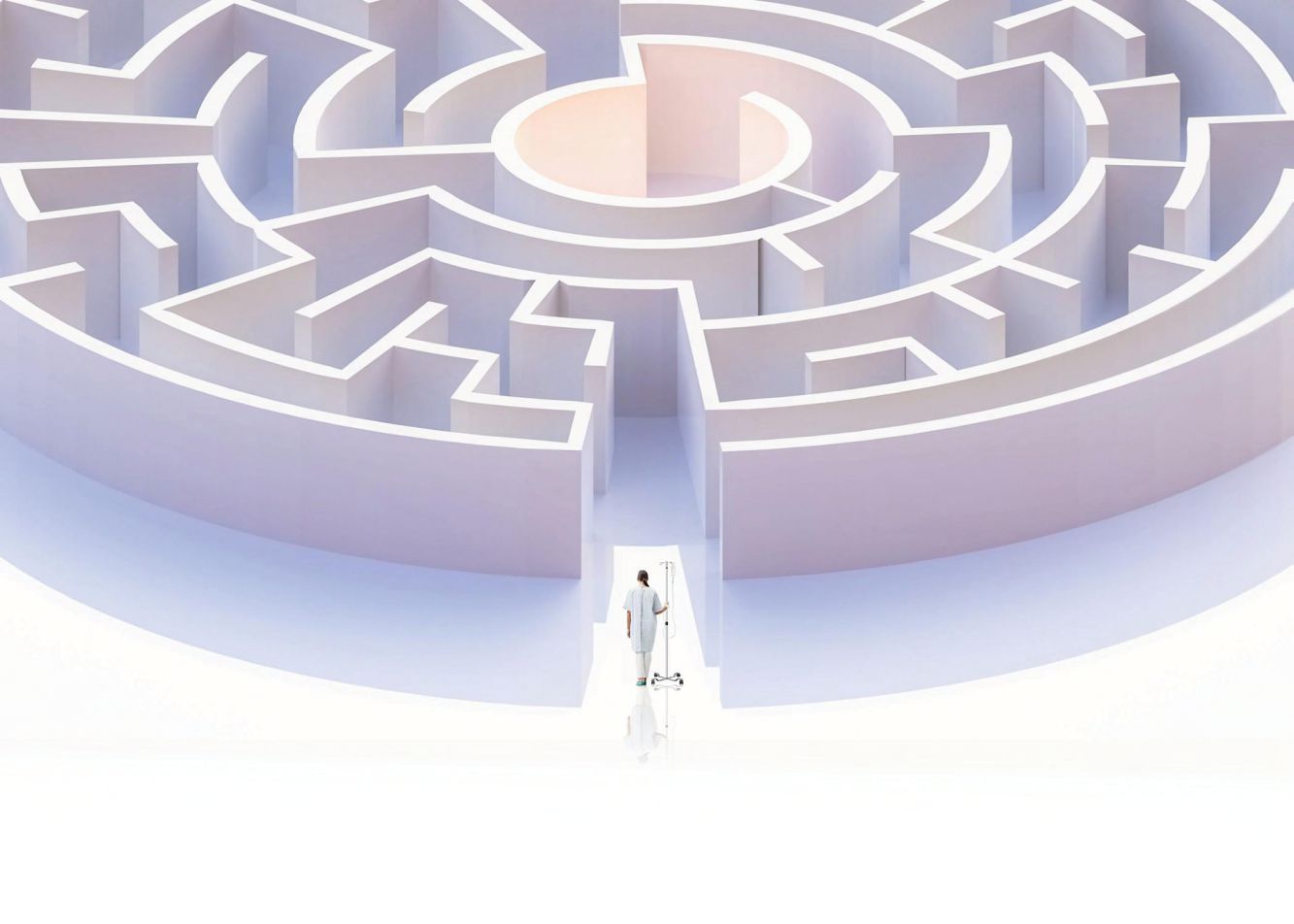DIAGNOSTIC ODYSSEY FOR RARE DISORDERS

BY LAUREN AGORATUS, M.A.
It can take many years, doctors, hospitalizations, and increased costs to get a diagnosis for a rare condition.
CHALLENGES IN GETTING A RARE DIAGNOSIS
According to Rare Disease Legislative Advocates convened by Every Life Foundation, it can take up to 6 years, 17 doctors, and 41 hospital stays on average to get a diagnosis. The economic cost of rare diseases is $1trillion and the impact per patient can be over $200,000 in avoidable costs, and over $500,000 systemically (see Resources).
Every Life Foundation's report, entitled "The Cost of Delayed Diagnosis in Rare Disease," states that an estimated 10,000 rare diseases (RDs) affect 25-30 million Americans and that "Timely diagnosis is important when there are potentially disease-altering or life-saving treatments available."
COST BEYOND MEDICAL
Direct medical costs can include doctor visits, prescriptions, DME (durable medical equipment), and hospitalization. Indirect costs include productivity impact including:
- early retirement
- absenteeism
- presenteeism (working while sick)
Other non-medical costs include:
- home/vehicle modification
- alternate transportation
- paid home care
- items not covered by insurance such as special diets, etc.
WHAT FAMILIES CAN DO
First and foremost, families need information and support. Newborn screening and genetic testing may be helpful.
The National Organization for Rare Disorders has a disease directory, patient assistance (e.g. medications), and online community. The National Institutes of Health also has good information describing rare diseases and treatment in family-friendly language. For
A STITCH IN TIME : BENEFITS OF TIMELY DIAGNOSIS
Timely diagnosis improves health outcomes by:
Providing earlier access to supportive therapies and treatment
Preventing deaths and delaying disease complications and physical disabilities
Reducing or eliminating expensive and unnecessary services, tests, and treatments
Enabling opportunity to evaluate future family planning based on diagnosis